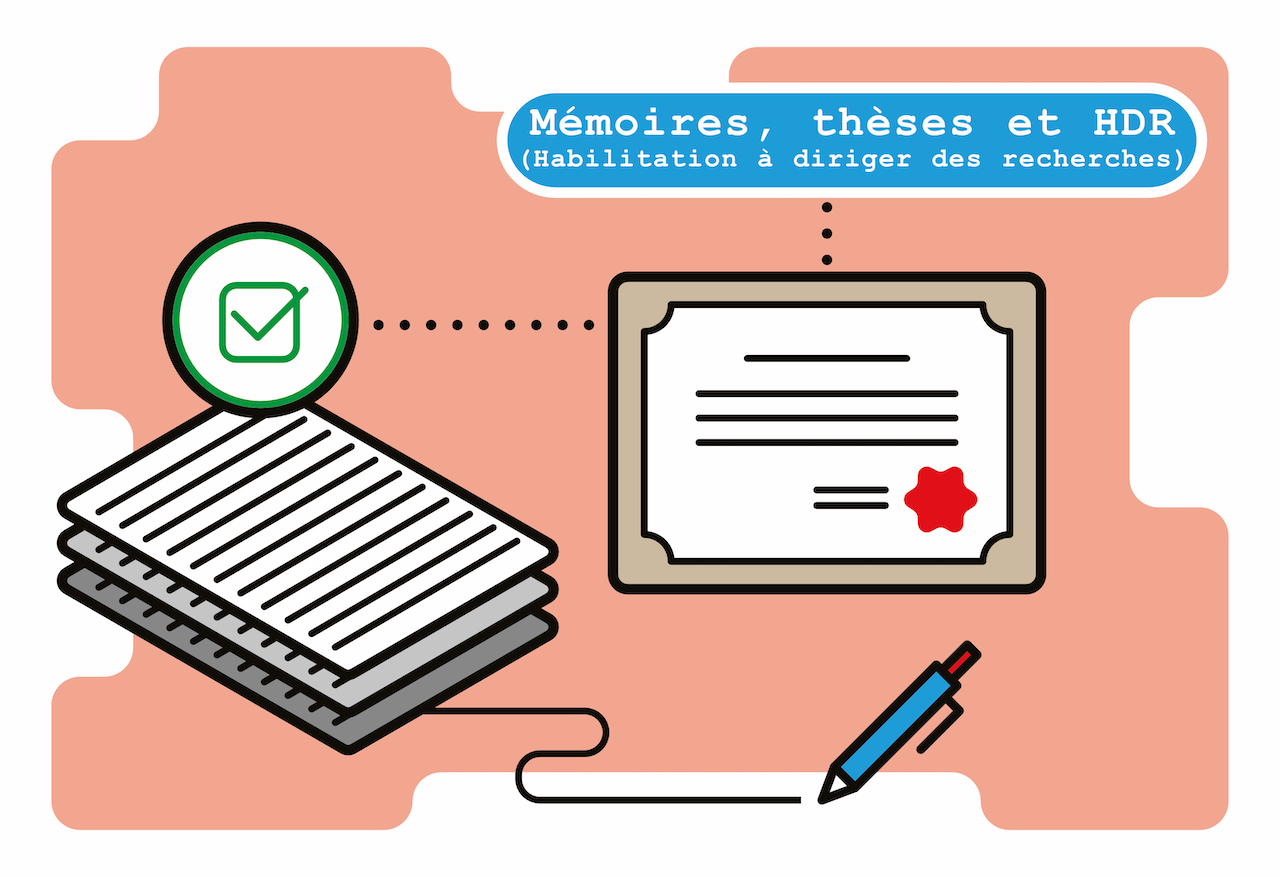Fiche du document
- ISIDORE Id: 10670/1.8b86bd...
Mots-clés
Archaeology Plant remains (Archaeology)Sujets proches
Vegetable kingdom Plantae Plant kingdom Vegetation Wildlife FloraCiter ce document
MJ Masterson, « Plantiness: Re-evaluating plant human relationships across temporal landscapes in Britain », Oxford Research Archive, ID : 10670/1.8b86bd...
Métriques
Partage / Export
Résumé
‘Plantiness’ explores the notion that plants are lively, active beings with the ability to shape and change us as we have also done to them. This theory of reciprocity considers plant intelligence and plant materiality, while incorporating ideas of making-in-growing, aesthetics, labour, and edibility. This provides a framework for approaching plant-human relationships in a way that is accessible to those outside of plant studies/sciences. With the help of a range of disciplines — including plant biology, ethnobotany, critical plant studies, and archaeobotany — plantiness can expand the vegetal world and encourage us to consider the ‘planty’ perspective within archaeology. In order to explore such planty perspectives, archaeological work is set within the highly dynamic landscapes of the Fens of eastern England. Moving chronologically and temporally, sites including Etton, Haddenham, Barleycroft/Over, and Holme I/II, will be discussed, providing unique examples of the reciprocal relationships that are negotiated between humans and plants. Further sites from within the Flag Fen Basin, including Flag Fen, Bradley Fen, and Must Farm demonstrate different studies of how we can understand plant-human relationships within geographically linked places. The plants discussed within these case studies are both trees and cereals, two significantly different types of plants within the plant kingdom, but the two most likely to be preserved by charring (carbonisation) in archaeological contexts. These trees and cereals negotiated relationships with humans in unique ways, which can be explored via a number of different theoretical approaches. Engaging with plantiness provides insight into human inter-relationships of the past, considering notions of what it means to be human while also adding to larger ideas of human becoming.
